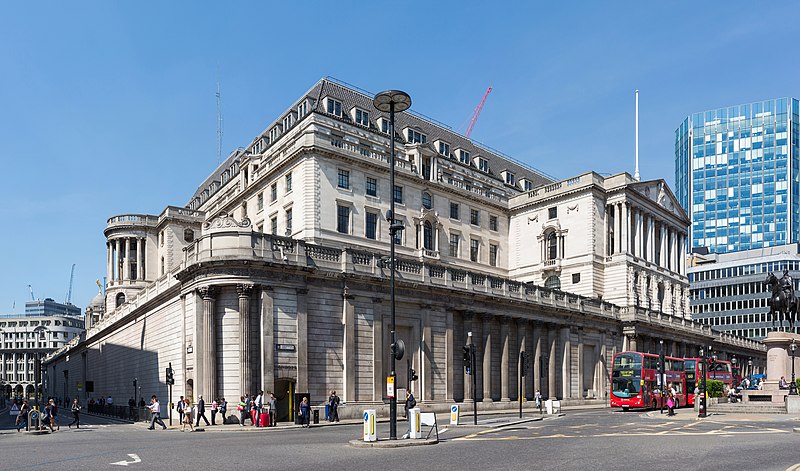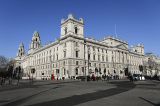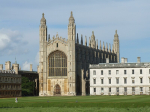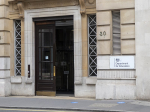
According to the Office for National Statistics (ONS), the UK government borrowed less than anticipated in June, benefiting from increased tax receipts and a significant decrease in debt
interest payments. The borrowing stood at £18.5 billion, £400 million less than the same period last year and below the forecasts of the government's independent forecaster.
The Office for Budget Responsibility (OBR) had expected public borrowing to reach £21.1 billion, but the ONS figures indicate that it is the third-highest borrowing for June on record. However, the data also revealed that borrowing for April and May was revised down by £7 billion.
The interest paid on government debt in June amounted to £12.5 billion, lower than the record £20 billion paid in June of the previous year but still historically high. Some of the interest payments are linked to the Retail Prices Index measure of inflation, which has remained persistently high despite a slowdown in June. The Bank of England's efforts to curb rising prices have also resulted in an increase in its key interest rate since December 2021.
Tax receipts in June were stronger than expected at £77.4 billion, surpassing the OBR's forecast and representing a £5.6 billion increase compared to the same month last year.
The overall public sector net borrowing for the period between April and June reached £54.4 billion, which is £12.2 billion more than the comparable period in 2022 but less than the £61.9 billion forecast by the OBR.
The improved borrowing figures have led economists to speculate that Chancellor Jeremy Hunt might have some flexibility in funding pre-election giveaways. However, concerns remain about the impact of rising inflation and higher interest rates on future public finances. Photo by Diliff, Wikimedia commons.



































